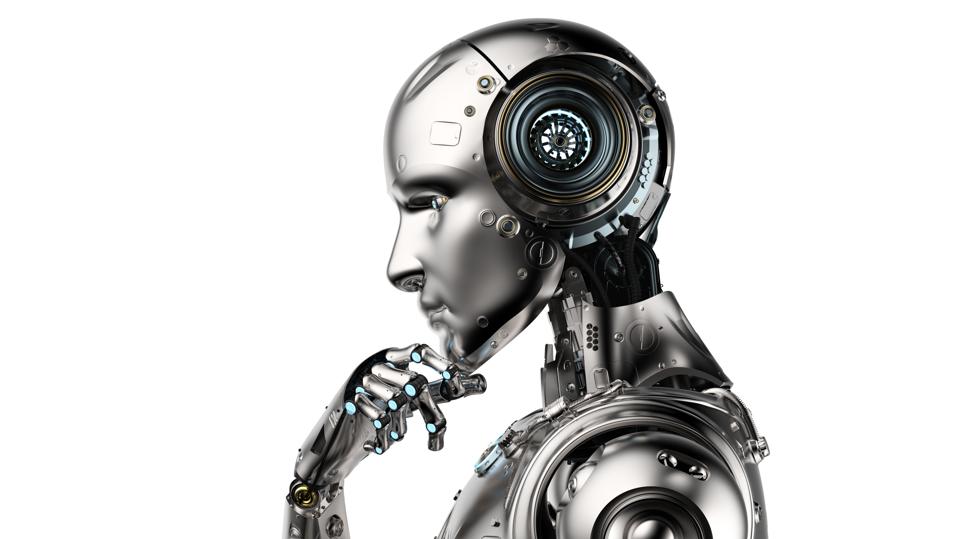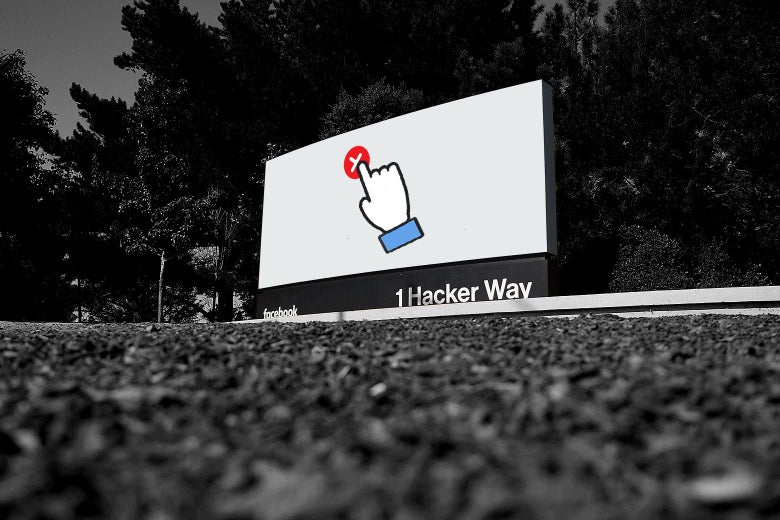 Sheldon Greenfield
Sheldon GreenfieldBMJ 2019; 367
https://doi.org/10.1136/bmj.l6882
Here are two excerpts:
Despite robust study designs, even double blind randomised controlled trials can be subject to subtle forms of bias. This can be because of the financial conflicts of interest of the authors, intellectual or disciplinary based opinions, pressure on researchers from sponsors, or conflicting values. For example, some researchers may favour mortality over quality of life as a primary outcome, demonstrating a value conflict. The quality of evidence is often uneven and can include underappreciated sources of bias. This makes interpreting the evidence difficult, which results in guideline developers turning to “experts” to translate it into clinical practice recommendations.
Can we be confident that these experts are objective and free of bias? A 2011 Institute of Medicine (now known as the National Academy of Medicine) report1 challenged the assumption of objectivity among guideline development experts.
(cut)
The science that supports clinical medicine is constantly evolving. The pace of that evolution is increasing.
There is an urgent imperative to generate and update accurate, unbiased, clinical practice guidelines. So, what can we do now? I have two suggestions.
Firstly, the public, which may include physicians, nurses, and other healthcare providers dependent on guidelines, should advocate for organisations like the ECRI Institute and its international counterparts to be supported and looked to for setting standards.
Secondly, we should continue to examine the details and principles of “shared decision making” and other initiatives like it, so that doctors and patients can be as clear as possible in the face of uncertain evidence about medical treatments and recommendations.
It is an uphill battle, but one worth fighting.







